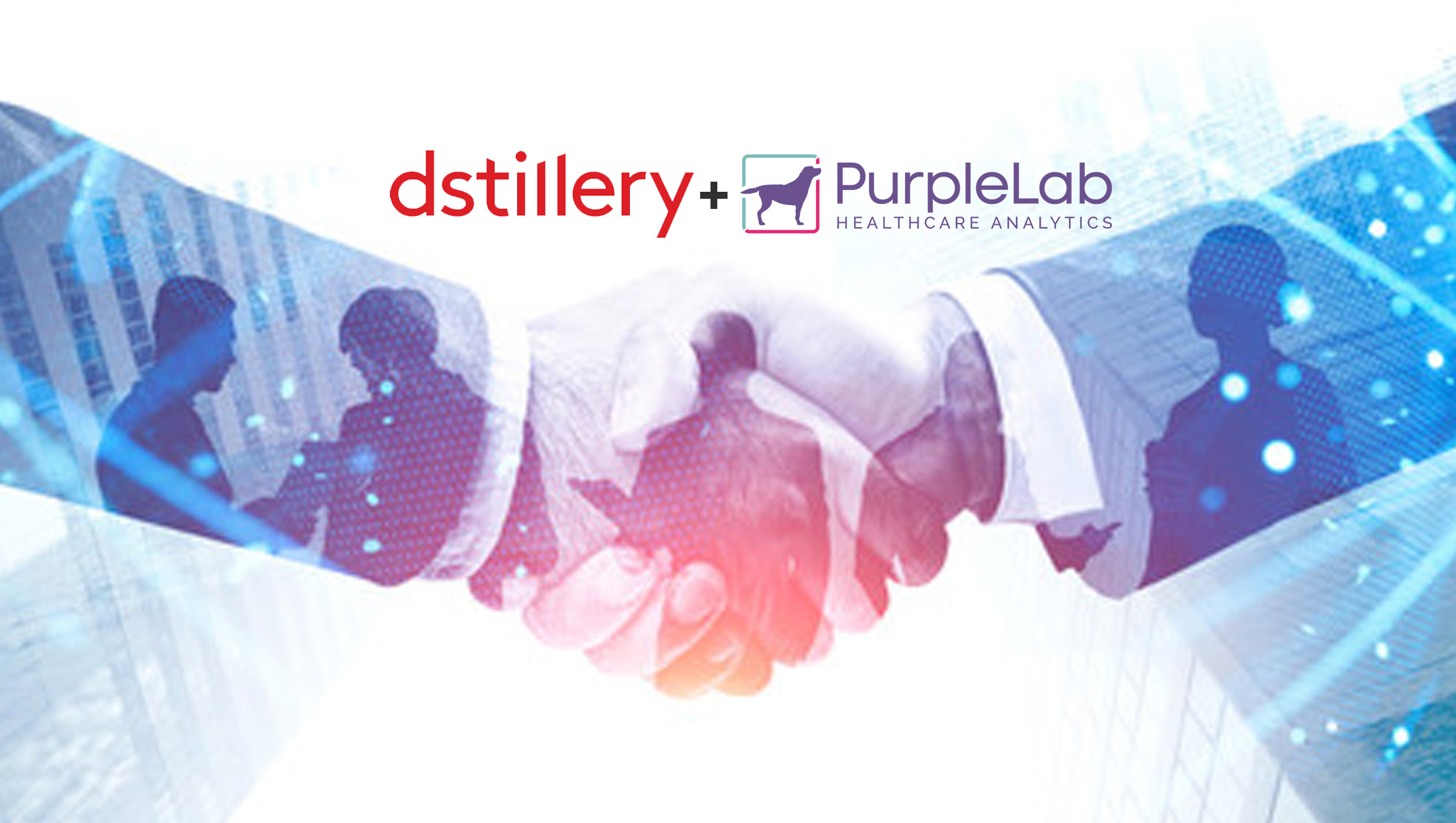Businesses increasingly use customer data to help them outperform competition and enhance their services. Businesses’ capacities to contextualize data and pull new insights from it are growing with the proliferation of data collecting and analysis tools. Unfortunately, many top security vulnerabilities have spurred new data protection restrictions, making the collecting process much more difficult. Continue reading to learn how to capture user data.
Why Is It Important to Collect Data
Youth are increasingly spending most of their time online, indirectly contributing to the massive collection of data. Customer data collection may be the single most significant aspect of your marketing approach. You’re marketing recklessly without data, expecting to achieve your target demographic or persona. Many marketing teams acquire data without knowing if they’re getting it from a trustworthy source. Customers indirectly supply you with vital data through social network logins, mail signups, buying habits, and online feedback.
If you want to successfully satisfy client needs, you need to know the information you’re collecting. Here are some of the data types collected by top businesses in the market –
- Personal Data – Personal data contains both personally identifiable and non-identifiable information, such as your Port number, browser cookies, and gadget IDs, including the IDs both your laptop and phone device have.
- Engagement data – Describes how customers connect with a company’s website, mobile applications, messages, social network sites, newsletters, sponsored advertisements, and customer care channels.
- Behavioral Data – This includes things such as purchase histories, product use information, and qualitative data are all included in this category.
- Altitudinal Data – Consumer happiness, buying criteria, product appeal, and other indicators are included in this data category.
Marketing Technology News: Top B2B Marketing Disconnects That Can Impact the End-to-End Customer Journey
How Marketers Can Adapt
Analytic and automated technology, in particular, may help businesses satisfy new statutory obligations for customer and auditor demands in a far more efficient and cost-effective manner. Businesses require digital solutions for automating purpose tasks like accidental deletion and extraction to meet these evolving expectations for data security swiftly and reliably. Templates that auto-populate with the required information, for example, can assist in guaranteeing that complex criteria are completed. Similarly, voice assistants or genuine desktop coaching tools can aid employees in completing activities in a specified order or urge contact center personnel to supply and validate relevant disclosure information.
Furthermore, analytics technologies can give insights that lessen the risk of human mistakes when complying with complicated, worldwide data protection standards. These tools can be used to find out customer interactions that pose a higher risk of non-compliance and automatically route them through an auditing work process.
Best Ways To Collect Data
Here are some of the best ways through which marketers can collect data –
- Transaction Record – Transaction data describe an event. This information always comprises a number value, a time reference, and one or more people or things. Receipts, transactions, and purchases are examples of transaction data. Exchanges in stores with sales employees or phone interactions with a customer representative are also recorded in transaction records. Companies can also get information from online discussions.
- Surveys – Conducting surveys is one of the best ways to collect data. Businesses can also disseminate customer surveys to solicit consumer feedback and contact information. The survey results generate customer profiles and improve infrastructure. Consumers may be more inclined to give you their contact information if they believe you care about improving their lives.
- Contests – Contests are another great way to collect user data. Other legal ways to obtain data on your consumers include contests and tournaments. Customers will be more likely to join if genuine incentives and rewards are offered. Make sure your competitions always include a client information form that they must complete if they want to join.
Marketing Technology News: MarTech Interview with Zohar Bronfman, CEO and Co-Founder at Pecan
Privacy Policy
A consumer information privacy policy is another useful tool to collect customer data. So that there are no misunderstandings in line, this policy will clear out all of your techniques for collecting electronic client data. Make your customer data collection policy easy to find on your website and social media pages.
The data collection policy should specify the categories of information you gather and how you intend to utilize it. You should also mention who you will share personal data within your privacy policy if any third party is present. Be sure your policy allows clients to opt-out of receiving marketing materials from you in the future.
It’s critical to follow all legal options while gathering consumer data in order to prevent legal repercussions later on.











